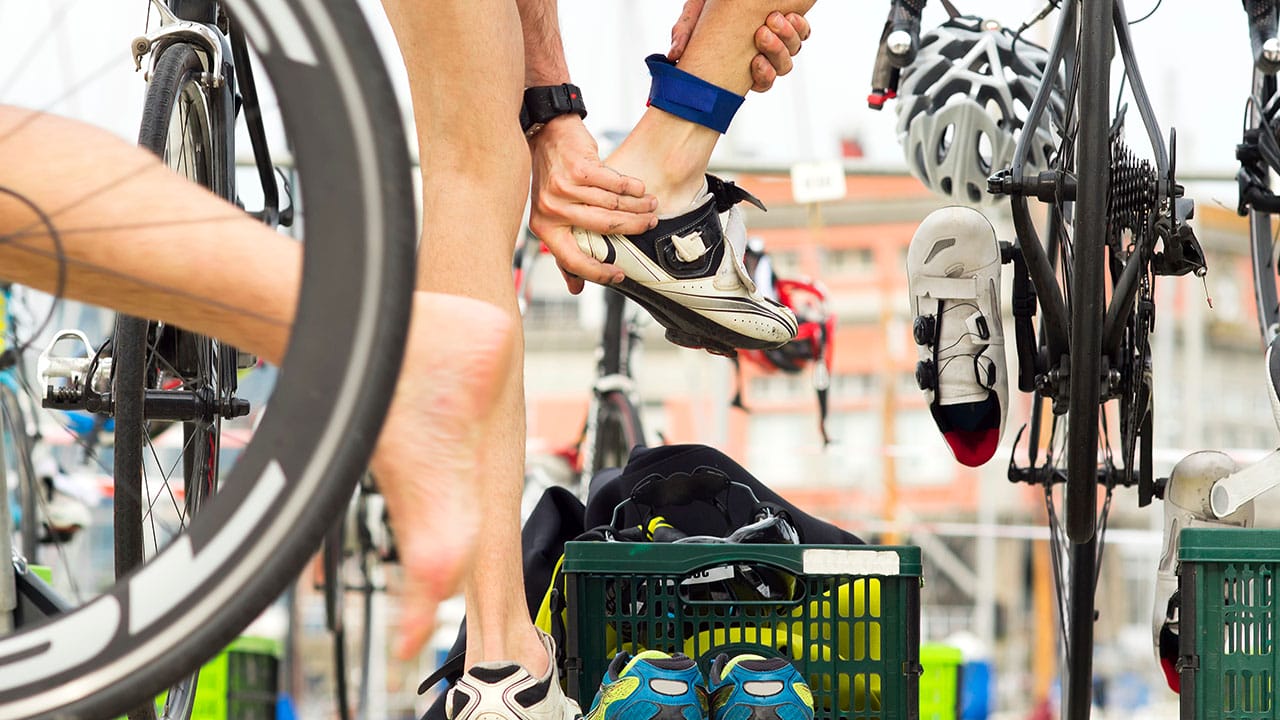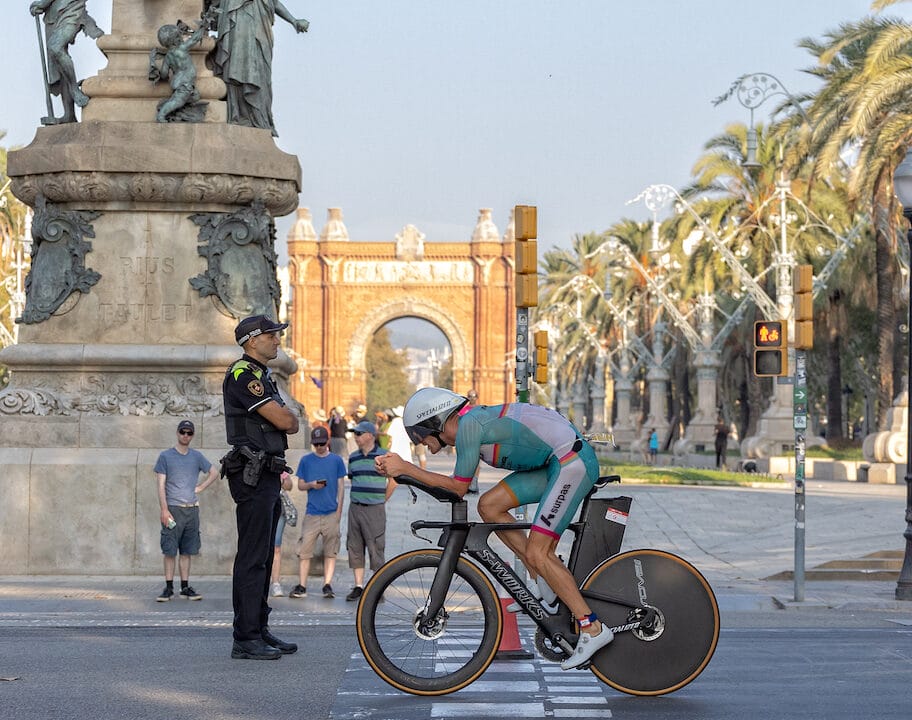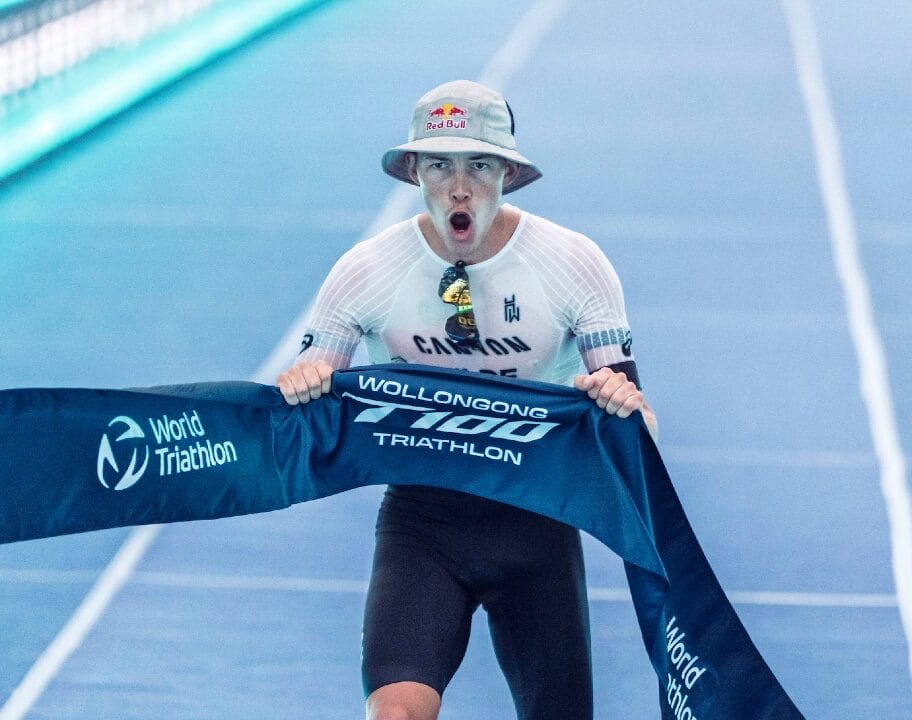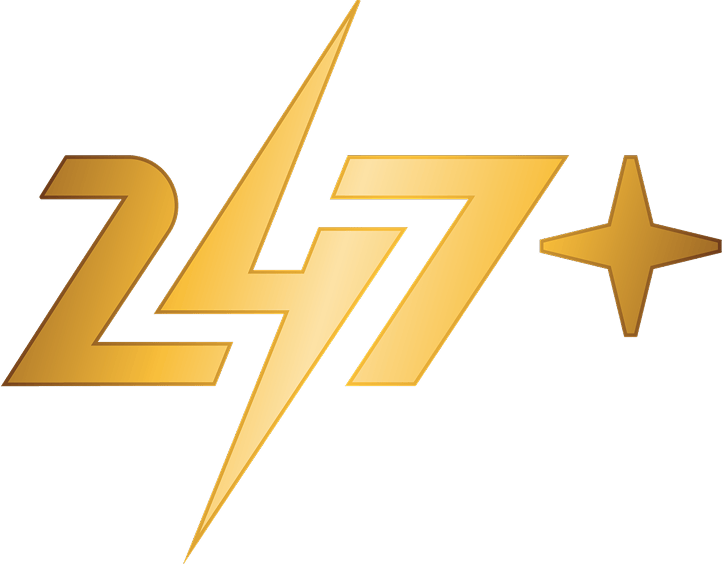Thinking about taking on a triathlon? Once you’ve chosen a race and started swimming, cycling and running, you might be wondering what triathlon gear you need for training and for race day.
But when you’re just starting out in multisport, figuring out exactly what triathlon kit you need can feel overwhelming. What should you be prioritising for your first race? And what are the added extras you can shop for later on once you’ve well and truly caught the triathlon bug?
In our triathlon kit list for beginners we’ll guide you through the must-haves and the nice-to-haves for training and race day so you can get geared up for your first event.

Triathlon gear for beginners: the essentials for getting started
As you get ready to take on your first triathlon, it’s inevitable that you’ll need to invest in some extra kit. But that doesn’t mean you need to spend a fortune. Take a walk round any triathlon transition and you’ll find plenty of ‘nice to have’ bits of kit that aren’t strictly essential to get you to the finish line.
Here’s our recommendations for the triathlon gear you really need when you’re just getting started.
Swimming
Swim suit or shorts/jammers
For your regular training sessions, as a minimum you’ll want to make sure you’ve got a comfortable swimsuit or a pair of swim jammers to wear to the local pool. Look for chlorine-resistant fabrics to make sure your swimwear can withstand your training.
Goggles
Goggles are another essential for training and on race day. It can take a bit of trial and error to find a pair that fits your face, but a well-fitting pair of goggles should sit comfortably around your eyes and you shouldn’t have to do them up really tightly to avoid leaking. A clear pair is fine for pool swimming, but if you’ll be swimming in open water it’s worth also having a smoke-tinted pair of goggles to act like sunglasses in sunny conditions.
TRI247 Recommends: TRI-FIT RAPID-X Goggles review – the ultimate goggles for pool and open water swimming?

After taking them for a splash, we’ve been really impressed with the TRI-FIT RAPID-X Goggles. We even took them to a race recently and got some fellow age-groupers to test them out – the verdict? “You can keep my old goggles!”
Read our full review, or head over to the TRI247 Instagram page to see what other age-groupers made of the TRI-FIT goggles.
Swimming wetsuit
For a pool-based triathlon, you can either race in your swimming kit or wear a tri suit for the whole event. But for an open water race, unless the water is particularly warm a wetsuit will usually be compulsory. Make sure you choose a triathlon or open water swimming wetsuit, rather than a generic surfing wetsuit.
A triathlon / swimming wetsuit will be specifically designed to offer the flexibility you need around the shoulders to swim comfortably, and you’ll be able to take it off quicker in transition. Wetsuits can chafe around the back of your neck, so it’s also worth adding some wetsuit lube to your kit bag for added comfort.
Read our wetsuit guide for beginners to learn more.
Cycling
Bike
For your first triathlon, a top of the range, triathlon-specific racing bike isn’t necessary. In fact, you’ll find plenty of beginners taking on their first few triathlons on an entry-level mountain bike or a hybrid/commuting bike. But a road bike is an ideal choice if you enjoy cycling and want to have the perfect balance of speed and comfort.
Puncture repair kit
Whatever bike you choose to tackle your first triathlon on, make sure you also have a basic puncture repair kit with you during both training and racing so you don’t end up stranded. Make sure your kit includes tyre levers – they’ll make it significantly easier to get the tyre off the rim and they can save your thumbs/fingers from nasty blisters! You’ll also want at least one spare inner tube and a small hand pump or gas canister to re-inflate the tube. It’s best to get a saddle bag (which attaches to your bike underneath the saddle) to carry it all in. It’s also worth stocking up on a few bike cleaning products to help you keep your trusty steed clean and in good working order for years to come.
Helmet
Every triathlon event will require participants to wear a cycling helmet during the bike leg. On race morning, you’ll have to put your helmet on when you arrive to set up your transition zone so that the event marshals can make sure your helmet fits and fastens correctly.
For your first triathlon, you don’t necessarily need to spend a fortune on an expensive aero helmet (though if you want to save precious seconds it can make a difference). An entry-level lid will do the trick, just make sure it’s specifically designed for cycling so it offers the correct level of protection and fits comfortably.
Tri suit
While it is entirely feasible to either wear cycling kit or running kit for a triathlon, we’d highly recommend treating yourself to a tri suit. You won’t have to stress about getting changed after the swim (particularly when a lot of local events won’t have a dedicated changing area) and you’ll be more comfortable on the bike and the run.
Check out our Tri Suit Buying Guide for more advice on finding a tri suit.
Running
Running shoes
A comfortable, supportive and well-fitting pair of running shoes really are an essential for triathlon training and racing. Running is high impact, meaning the wrong footwear can quite quickly lead to injuries.
Unless you’re planning to take part in XTERRA or off-road triathlons, a pair of road running shoes will do the trick. Ideally, look for a lightweight running shoe with good ventilation to keep your feet comfortable during warm weather training and racing.
Race belt
Almost every triathlon event will require participants to wear a race number during the bike and the run. For obvious reasons, you can’t really wear a paper number during the swim which means you’ll either have to spend time pinning it on to your tri suit in transition before you head off on the bike. Or, if you’re changing kit between the swim and the bike, lose time carefully trying to put your cycling/running top on without ripping your race number.
This is why you need a race belt – an elasticated belt, usually fastened by a buckle, with attachments for your race number. It’s easy to slip on in transition. Have the number facing the back on the bike, then spin it round so your number is on your front for the run.
Added extras to maximise your triathlon performance
Once you’ve completed your first triathlon and caught the multisport bug, you might want to start adding some extra bits of kit to your triathlon gear collection to help you improve your performance at your next race. Once you’ve got the essentials covered, here’s our top picks for the ‘nice-to-haves’ that will help you level-up your training and racing.
Cycling shoes
If you’re new to triathlon, but already an experienced cyclist then you may already be using ‘clip in’ cycling shoes on the bike. But if not, getting a pair of cycling-specific shoes and clip-in pedals can really help you to improve your speed on the bike. Unlike riding on flat pedals, riding clipped in means you can make use of the entire pedal stroke – pulling ‘up’ as well as pushing down – which will help you to ride faster.
GPS sports watch
Once you’ve got the basics of swimming, cycling and running down the best way to start improving your performance is by completing specific training sessions. And a GPS running or multisport watch is a great tool to help you tick off those sessions.
During the race, you’ll also be able to check your pace to make sure you’re not setting off too fast, or leaving too much in the tank. Once you start tracking your training, you’ll be able to identify the areas where you’re strongest and weakest so you know precisely what to work on.
Heart rate monitor
Even the shortest distance triathlons are an endurance event, and the key to success is being able to pace yourself from start to finish. Go too hard at the start, and you’ll blow up and lose time as you drag yourself to the finish line. A heart rate monitor is a handy tool to give you an objective measure of your effort. Use it in training and compare how you feel, to the reported heart rate. This will give you an idea of what pace you can hold, and for how long. Pace yourself well during a triathlon, and you’ll find yourself overtaking plenty of people who’ve gone out too fast.
You can choose from traditional chest strap style heart rate monitors. But in recent years, more brands have brought out the arm band optical sensors. These can be more comfortable (especially for women where a sports bra and a chest strap can cause uncomfortable chafing), and they’re surprisingly accurate. We’ve been testing out the Coros arm band heart rate monitor and so far we’ve found it one of the easiest to set up, fuss-free to get a good fit and the battery life has meant minimal time on charge.
This list of essential triathlon gear for beginners will ensure you’re ready to race and feel confident on the start line. The next stop? A race to prepare for – check out our Let’s Race… section for inspiration.
The essential kit you will need for your first triathlon includes: goggles, a bike, helmet, puncture repair kit, running trainers and a race number belt. You might also want to consider a tri suit and a wetsuit for races with open water swims.
For triathlons with open-water swims wetsuits are often mandatory, unless the water is very warm. Choose a triathlon / swimming wetsuit rather than a surfing wetsuit to make sure you can swim comfortably.
You can wear cycling or running gear for a triathlon. However we’d recommended wearing a tri suit so that you’ll be comfortable during all three disciplines, and you won’t have to worry about getting changed after the swim.
You can use any type of bike for a triathlon, as long as it is safe to ride – and not an e-bike. A mountain bike or a hybrid bike is fine, though a road bike will be the fastest option for a beginner.
Triathlon shoes are specific type of cycling shoe designed to be quick and easy to put on and take off. Triathlon shoes are not essential for beginners. You can cycle in your regular cycling shoes, or use flat pedals and use your running shoes for the entire race if you prefer.












